TL;DR
- Future-proofing your website is essential as technologies, devices, and user expectations evolve rapidly.
- Advanced web architectures like Jamstack, headless CMS, and serverless setups improve scalability, speed, and security.
- AI, automation, and API-first development streamline workflows, personalize experiences, and enhance interoperability.
- Focusing on performance, accessibility, and security-first practices ensures better SEO, compliance, and user trust.
- Continuous learning, iteration, and agile methodologies keep your website adaptable and ready for future challenges.
Introduction
The digital world evolves faster than ever. New frameworks, smarter devices, and rising user expectations constantly reshape how businesses build and maintain their online presence. What worked five years ago may already feel outdated today.
That’s why future-proofing your website is no longer optional it’s a strategic necessity. In this fast-moving landscape, partnering with a trusted web development company can help you build scalable, secure, and adaptive solutions that evolve with technology.
This article explores the key future trends in custom web development from advanced architectures and AI integration to enhanced security and automation and how decision-makers can leverage them to stay ahead.
8 Key Future Trends in Custom Web Development
1. Advanced Web Architectures Powering the Future
The Rise of Jamstack and Headless Architecture
Jamstack and headless architecture are revolutionizing how modern web applications are built. By decoupling the front end from the back end, they deliver improved scalability, speed, and security.
Jamstack (JavaScript, APIs, and Markup) enables lightning-fast load times, while headless CMS empowers teams to manage and deliver content across platforms effortlessly. Together, they create flexible, future-ready frameworks that minimize technical debt.
For readers exploring architecture fundamentals, our detailed Web Application Architecture Guide breaks down components, layers, and best practices for building scalable digital ecosystems.
Serverless Architecture
Serverless computing lets developers focus on code not infrastructure. Platforms like AWS Lambda and Google Cloud Functions automatically handle scaling and maintenance, cutting costs and complexity. For growing businesses, this means flexible systems that evolve with traffic and feature demands.
Cloud-Native Technologies
Cloud-native development using Docker and Kubernetes allows teams to deploy and manage apps seamlessly across environments. These tools promote agility, enabling continuous delivery, faster iteration, and enhanced reliability all essential for long-term growth.
2. Designing for a Seamless User Experience
Progressive Web Apps (PWAs)
PWAs merge the best of web and mobile experiences offering offline access, push notifications, and faster load times. Brands like Starbucks and Uber have used PWAs to drive engagement, and more businesses are following suit to provide frictionless user experiences.
If you’re curious how PWAs can elevate your customer engagement, check out our in-depth Progressive Web App Development Guide that explains use cases, tech stacks, and performance benefits.
Responsive and Accessible by Default
Responsiveness is no longer optional; it’s the baseline. Websites must adapt beautifully to every screen size while meeting accessibility standards such as color contrast, ARIA roles, and keyboard navigation.
Accessibility isn’t just ethical it’s strategic. Search engines reward websites that meet accessibility standards. To ensure your website meets ADA and WCAG guidelines, explore our ADA Website Compliance Checklist, which outlines essential accessibility practices every brand should follow.
Immersive Design with 3D & Motion UI
Interactive 3D elements and Motion UI animations create dynamic, memorable interfaces. They guide users intuitively while elevating engagement. From product demos to e-learning platforms, these visual techniques transform static websites into immersive experiences.
3. Embracing AI and Automation in Web Development
AI-Powered Personalization and Insights
Artificial Intelligence (AI) is transforming custom web development from automated testing to intelligent content delivery. AI algorithms analyze behavior patterns, helping websites adapt in real time. Businesses can deliver personalized recommendations, optimize conversions, and improve retention.
Chatbots and Virtual Assistants
AI-driven chatbots provide 24/7 user support, automate lead qualification, and streamline customer interactions. Virtual assistants, integrated with natural-language models, enhance UX by offering instant, contextual help building loyalty and saving operational costs.
Learn how AI assistants are reshaping customer interactions in our AI Chatbot Development overview, where we break down use cases, tools, and implementation tips.
Automation and Continuous Deployment
Automation tools enable faster, error-free testing, deployment, and updates. Integrating CI/CD pipelines ensures that developers can release new features seamlessly without downtime. This iterative approach keeps digital experiences fresh and reliable.
💰 Estimate Your Website Development Cost Instantly
Use our free App & Website Cost Calculator to get a quick, detailed estimate and plan your budget smartly.

4. API-First and Modular Development
An API-first approach ensures interoperability and scalability. By prioritizing API design early, businesses can easily connect web, mobile, and third-party platforms. Modular architecture makes maintenance simpler and enables faster feature rollouts.
To dive deeper into this concept, our Complete Guide to API Development covers API architecture, REST vs. GraphQL comparisons, and best practices for building future-ready APIs.
For enterprises managing complex systems, this approach reduces development time and empowers parallel workflows across teams.
5. Performance Optimization as a Core Principle
Website speed is now a competitive metric. Techniques like lazy loading, server-side rendering, and image optimization enhance both UX and SEO.
Developers increasingly rely on Core Web Vitals Google’s performance benchmarks measuring load speed, interactivity, and visual stability to guide optimization efforts. Faster websites drive engagement, reduce bounce rates, and directly influence revenue growth.
6. Blockchain for Secure and Transparent Solutions
Blockchain technology is gaining ground in web development by decentralizing data storage and ensuring immutable records. Businesses are exploring dApps (decentralized applications) for secure transactions, digital identity management, and transparent user data handling.
As blockchain matures, it will play a vital role in building user trust and compliance-ready systems.
7. Security-First Mindset and Compliance
Cybersecurity is now foundational—not optional. Adopting secure authentication, HTTPS, and regular patching helps mitigate risks before they escalate. Developers are also adopting zero-trust architectures, where every request is verified, ensuring maximum protection.
Compliance with privacy regulations like GDPR and CCPA builds credibility and safeguards user data. Proactive security not only protects customers but also improves search visibility since Google prioritizes secure, HTTPS-enabled sites.
To strengthen your app’s defense, explore our resource on the Top 7 Best Practices to Secure Your Web Application, which highlights actionable strategies to keep your platform protected.
8. Continuous Learning and Iteration
Web development doesn’t end at launch. Agile methodologies encourage iterative improvement, frequent testing, updates, and user feedback integration. This adaptability helps websites remain modern and relevant amid rapid technological shifts.
Interestingly, this principle extends beyond development. For instance, marketing teams adopting white label link building services follow a similar iterative model—constantly analyzing performance, refining outreach strategies, and adapting to algorithm updates. The same mindset applies to web development: continuous learning and incremental updates lead to long-term stability and growth.
As highlighted by Harvard Business Review, agility is the hallmark of future-ready organizations. The ability to learn, adapt, and evolve quickly will determine digital success.
🧭 Future-Proof Your Web Strategy—Book a Free 30-Minute Call
Get expert guidance on architecture, scalability, and AI integration from our senior team.

Conclusion
The future of custom web development lies in adaptability, intelligence, and resilience. By embracing advanced architectures, AI-driven automation, accessible design, and airtight security, businesses can deliver exceptional digital experiences that last.
To stay competitive, consider partnering with a trusted web development company that understands how to blend innovation with strategy. Together, you can craft a scalable, secure, and future-proof web solution that grows with your business and your users.
Ready to discuss how these trends can shape your next digital product?
Book a 30-minute free consultation with our experts and explore tailored strategies to future-proof your web presence.
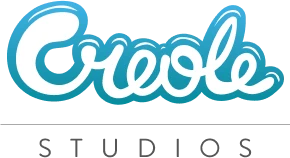

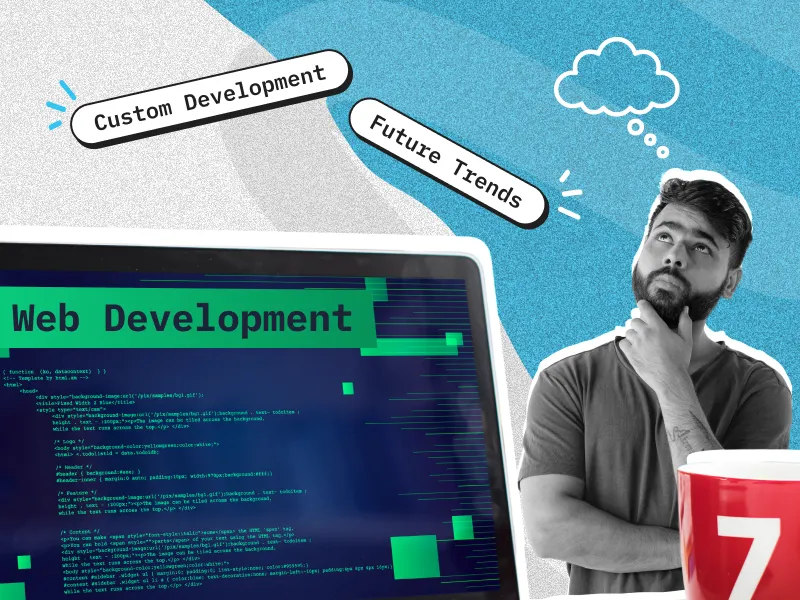








 30 mins free Consulting
30 mins free Consulting 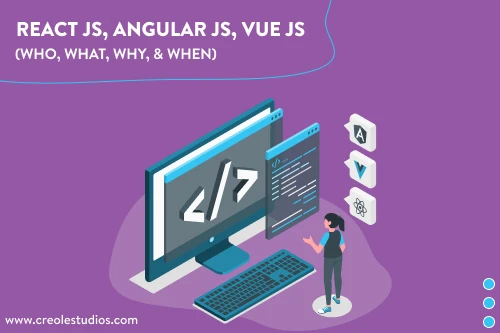
 10 min read
10 min read 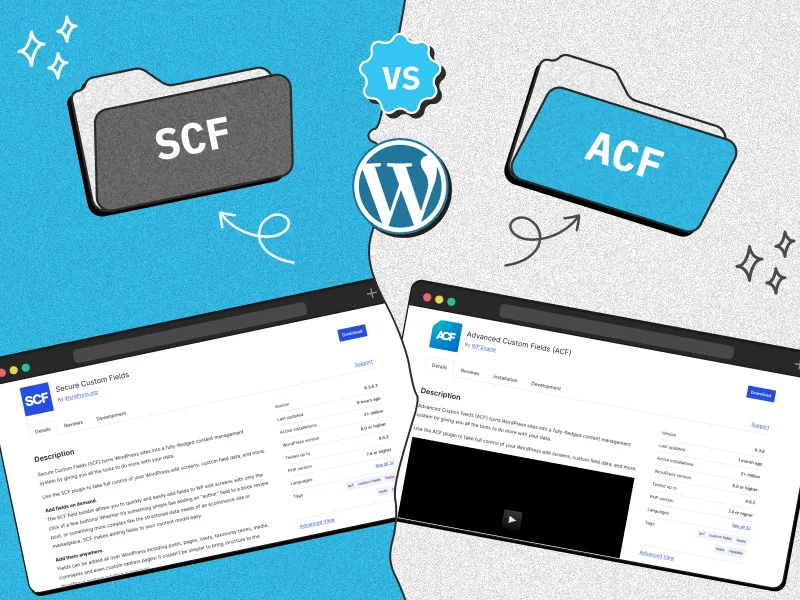
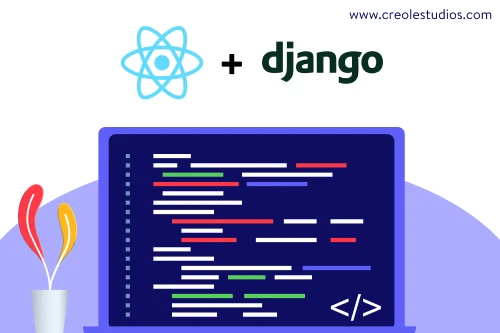

 Canada
Canada 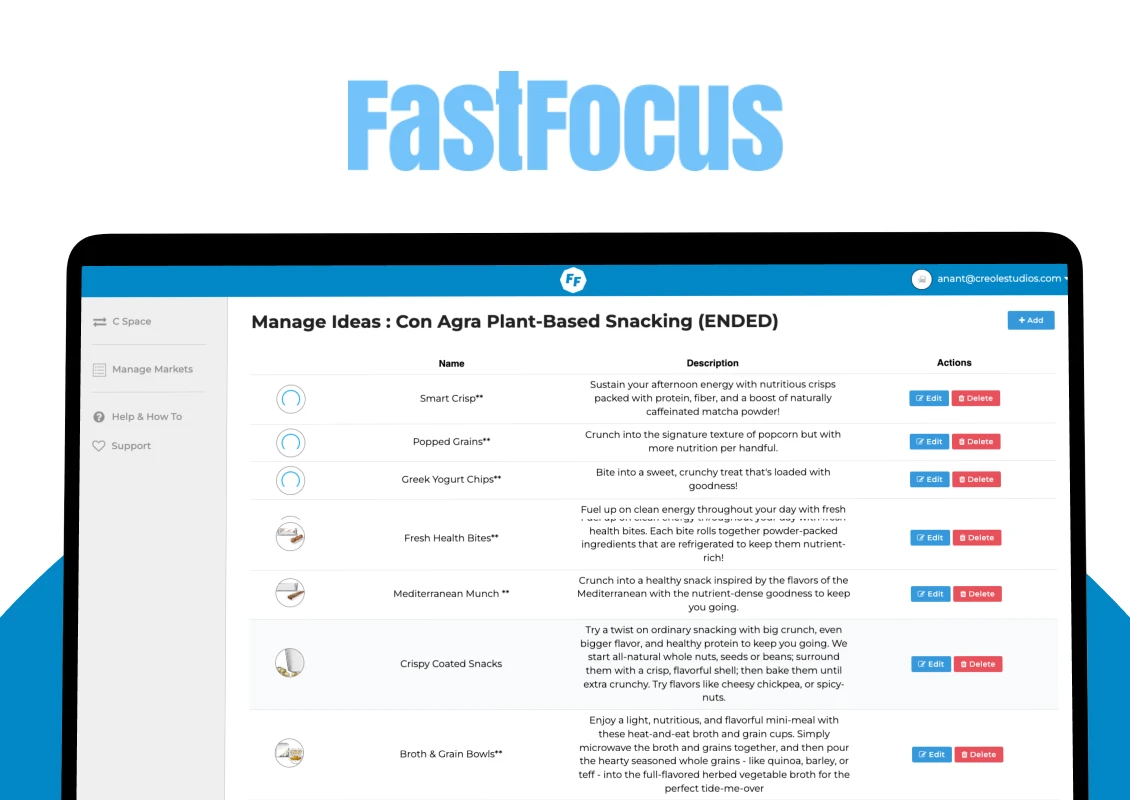
 USA
USA 






 Love we get from the world
Love we get from the world 